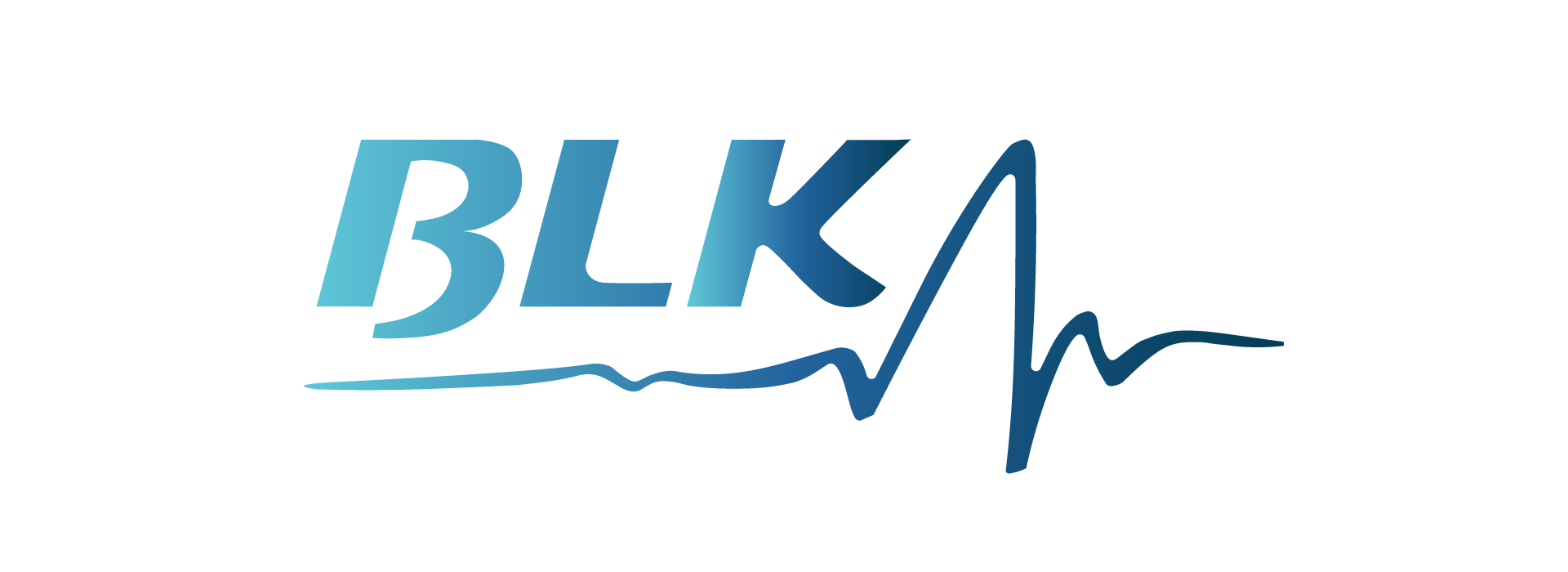Wearable technology is no longer a futuristic concept; it’s a present-day reality that’s transforming various aspects of our lives, especially in healthcare. But what exactly is wearable technology?
Essentially, it’s any electronic device designed to be worn on the body, capable of tracking health metrics and other data. The importance of wearable technology in healthcare cannot be overstated, as it plays a crucial role in enhancing patient care, improving outcomes, and fostering more personalized medicine.
History of Wearable Technology in Healthcare
Wearable technology in healthcare services isn’t entirely new. The journey began with simple devices like pedometers and heart rate monitors. Over the years, these devices have evolved into sophisticated gadgets capable of real-time health monitoring and data analysis. Early adopters saw the potential in these tools for enhancing patient care, and since then, technological advancements have propelled wearables into mainstream healthcare.
Types of Wearable Technology in Healthcare
Wearables come in various forms, each serving a unique purpose in healthcare:
- Fitness Trackers: These devices, like Fitbit and Garmin, track physical activities, sleep patterns, and other vital signs.
- Smartwatches: Apple Watch and Samsung Gear, among others, combine fitness tracking with smartphone functionalities.
- Medical Devices: Devices like continuous glucose monitors (CGMs) and ECG monitors provide critical health data for managing conditions like diabetes and heart disease.
- Biosensors: These advanced wearables can monitor specific biochemical markers, offering insights into a patient’s health status.
Key Features of Healthcare Wearables
Healthcare wearables boast several key features:
- Real-Time Monitoring: They provide immediate data on various health metrics, allowing for timely interventions.
- Data Collection and Analysis: Wearables collect vast amounts of data, which can be analyzed to detect patterns and trends in health.
- Remote Patient Monitoring: Patients can be monitored remotely, reducing the need for frequent in-person visits and enabling continuous care.
Benefits of Wearable Technology in Patient Care
The benefits of wearable technology in patient care are extensive:
- Improved Patient Engagement: Patients become more involved in their own health management through constant monitoring and feedback.
- Early Detection and Prevention: Wearables can detect anomalies early, allowing for prompt action to prevent serious health issues.
- Enhanced Chronic Disease Management: For conditions like diabetes and heart disease, continuous monitoring helps manage the disease more effectively.
Impact on Specific Health Conditions
Wearable technology has significantly impacted the management of various health conditions:
- Diabetes: Continuous glucose monitors help patients maintain optimal blood sugar levels.
- Heart Disease: Wearables like ECG monitors detect irregular heartbeats, potentially preventing severe cardiac events.
- Respiratory Conditions: Devices that monitor respiratory rates and oxygen levels assist in managing conditions like asthma and COPD.
Wearable Technology and Telemedicine
The synergy between wearable technology and telemedicine is undeniable:
- Integration with Telehealth Services: Wearables provide real-time data that can be shared with healthcare providers during virtual consultations.
- Enhancing Virtual Consultations: The detailed data from wearables helps doctors make informed decisions during telemedicine appointments.
Challenges and Limitations
Despite its many benefits, wearable technology in healthcare faces several challenges:
- Data Privacy Concerns: The vast amount of personal health data collected raises significant privacy issues.
- Technical Issues and Reliability: Wearables must be reliable and accurate to be effective, and technical glitches can undermine their utility.
- Cost and Accessibility: Not all patients can afford these devices, and access remains a barrier in some regions.
User Experience and Patient Feedback
Understanding the user experience is crucial for the widespread adoption of wearables:
- Patient Testimonials: Many patients report feeling more in control of their health thanks to continuous monitoring.
- Healthcare Provider Perspectives: Providers appreciate the additional data but caution about over-reliance on technology.
Regulatory and Ethical Considerations
Navigating the regulatory and ethical landscape is essential:
- Regulatory Framework: Governments and health organizations are developing guidelines to ensure the safety and efficacy of wearables.
- Ethical Implications: Ethical considerations include consent, data ownership, and the potential for misuse of health data.
How to Choose the Right Wearable for Health Needs
Selecting the appropriate wearable involves considering several factors:
- Factors to Consider: Key factors include the type of health data needed, device accuracy, user-friendliness, and cost.
- Popular Brands and Products: Leading brands like Fitbit, Apple, and Garmin offer a range of devices tailored to various health needs.
Wearable technology is revolutionizing healthcare services by providing real-time health data, improving patient engagement, and enhancing the management of chronic diseases. While challenges remain, the future holds immense potential for even greater integration and innovation in this field.
FAQs
What are the main types of wearable technology in healthcare?
Fitness trackers, smartwatches, medical devices, and biosensors.
How do wearables improve patient care?
By providing real-time monitoring, enhancing patient engagement, and facilitating early detection of health issues.
What are the challenges of using wearable technology in healthcare?
Data privacy concerns, technical reliability, and accessibility issues.




